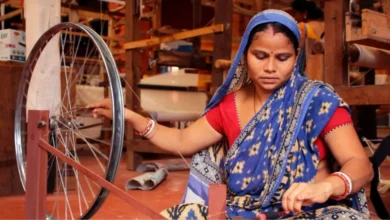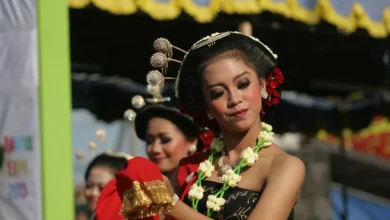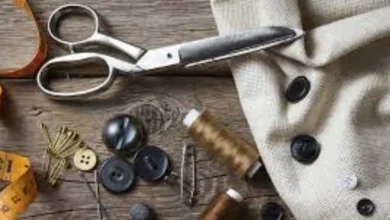Rhythm and Color on Stage
Argentina is a land of diverse landscapes and cultures, and its folk dances and costumes reflect this rich heritage.
From the iconic tango to vibrant regional dances, each style carries a story deeply rooted in the country’s history and traditions. This article delves into the colorful world of Argentine folk dances and costumes, showcasing how rhythm and attire intertwine to preserve the nation’s cultural identity.
The Diversity of Argentine Folk Dances
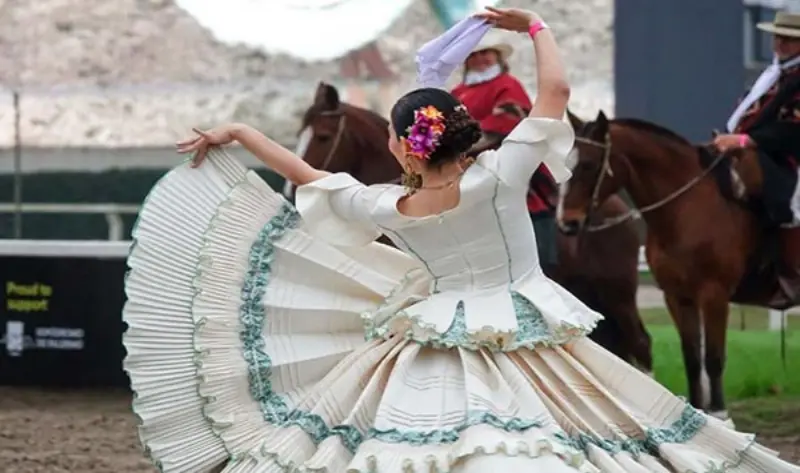
Argentina boasts a variety of folk dances, each linked to specific regions and cultural influences.
Tango: A Symbol of Argentine Passion
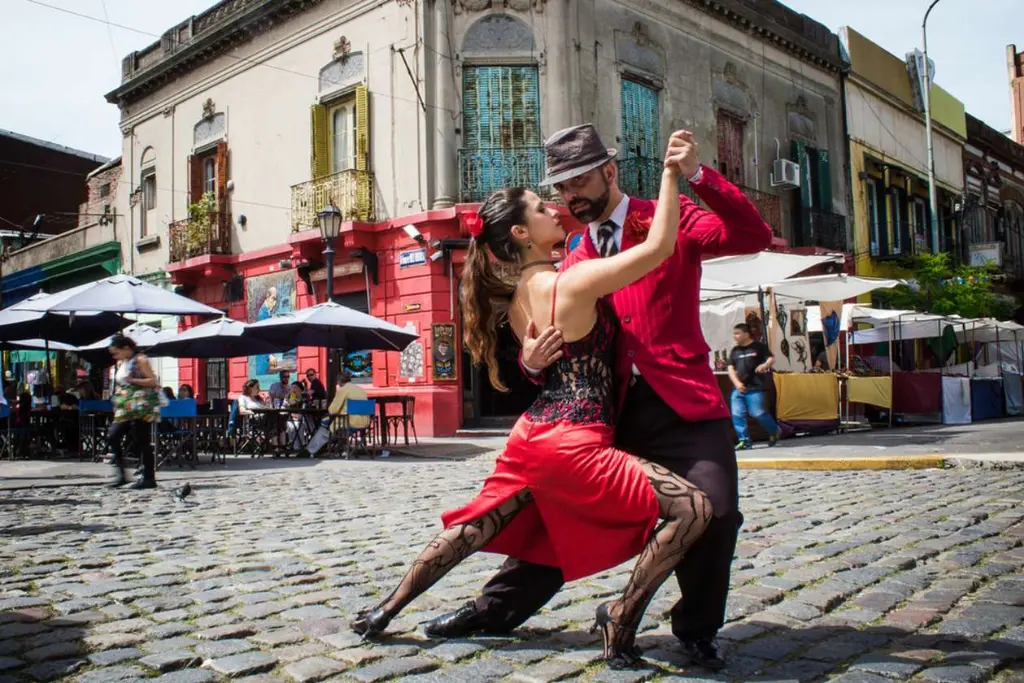
While tango is more urban than folk, its cultural significance is unparalleled. Originating in Buenos Aires in the late 19th century, it combines European, African, and local influences. Dancers wear:
See also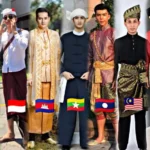 What is Traditional Clothing? Exploring the Definition and Characteristics
What is Traditional Clothing? Exploring the Definition and Characteristics- 👗 Elegant Dresses: Women don flowing, dramatic dresses often adorned with ruffles.
- 👔 Formal Suits: Men complement their partners with sharp suits, creating a striking visual contrast.
Chacarera: The Soul of the Pampas
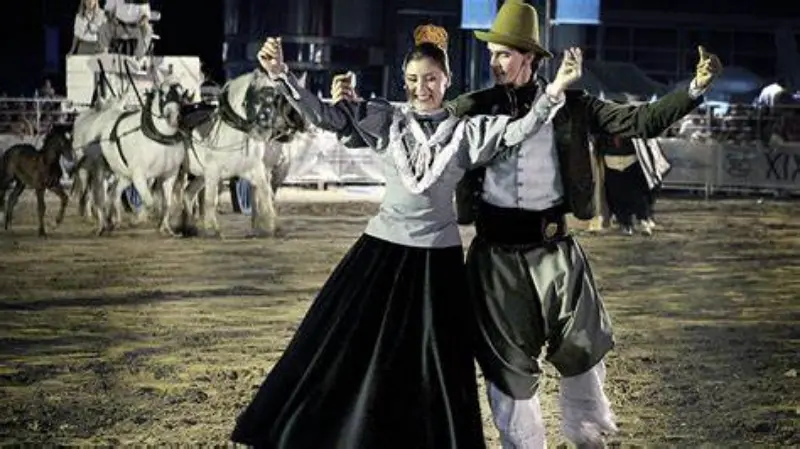
The chacarera is a lively, flirtatious dance from rural Argentina, marked by its distinctive rhythm. It’s performed during festivals and celebrations. Traditional costumes include:
- 🌾 Women’s Attire: Floral dresses with wide skirts, symbolizing the openness of the Pampas.
- 🤠 Men’s Gaucho Look: Gauchos wear bombachas (baggy trousers), wide-brimmed hats, and ponchos.
Malambo: A Dance of Skill and Strength
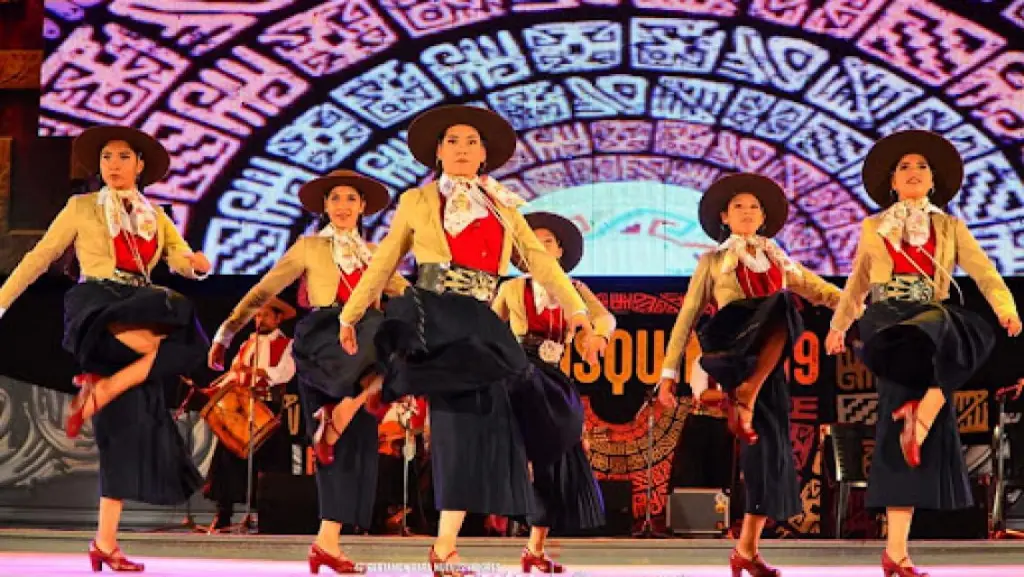
Malambo, a dance performed exclusively by men, showcases intricate footwork and strength. Often seen in competitions, its costumes emphasize practicality and style:
- 👢 Footwear: Boots with hard soles enhance the striking rhythms of zapateo (foot tapping).
- 🧥 Ponchos and Bombachas: These garments highlight the gaucho culture central to this dance.
Regional Folk Dances and Their Costumes
Northern Argentina
- Zamba: Known for its elegance, the zamba involves dancers waving handkerchiefs in graceful movements. Costumes include long skirts and shawls for women and suits with wide-brimmed hats for men.
- Carnavalito: A vibrant Andean dance celebrated in Jujuy and Salta, featuring costumes with bright colors and intricate embroidery.
Cuyo Region
The music and dances of this wine-producing region, like the cueca, reflect a mix of Spanish and Indigenous traditions. Women wear full skirts, while men don sashes and hats.
Patagonia

Dances like the loncomeo feature Indigenous Mapuche influences. Costumes are simpler, often including woven fabrics and earthy tones.
See also History of Traditional Clothing
History of Traditional ClothingCultural Significance of Costumes in Argentine Dances
The costumes worn during folk dances are more than decorative—they are a testament to Argentina’s regional diversity and cultural identity. Key features include:
- Materials: Lightweight fabrics like cotton for the northern regions and wool for colder areas like Patagonia.
- Accessories: Hats, boots, and ponchos serve both functional and symbolic purposes.
- Colors: Bright colors dominate northern costumes, while muted tones are prevalent in the south.
Preserving Argentine Folk Traditions
Efforts to preserve these dances and costumes include:
- Festivals: Events like the Festival Nacional del Folklore in Cosquín highlight traditional dances and attire.
- Educational Programs: Schools and cultural centers teach folk dances to younger generations.
- Tourism: Folk performances are a significant attraction, keeping these traditions alive and relevant.
Argentine folk dances and their accompanying costumes are vibrant expressions of the country’s cultural mosaic. Whether it’s the dramatic tango of Buenos Aires or the lively chacarera of the Pampas, each dance tells a story of resilience, passion, and identity. Through rhythm and color, Argentina continues to celebrate its heritage on stage and beyond.

